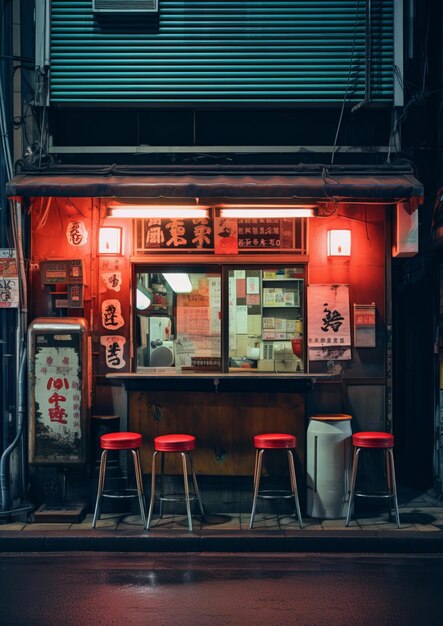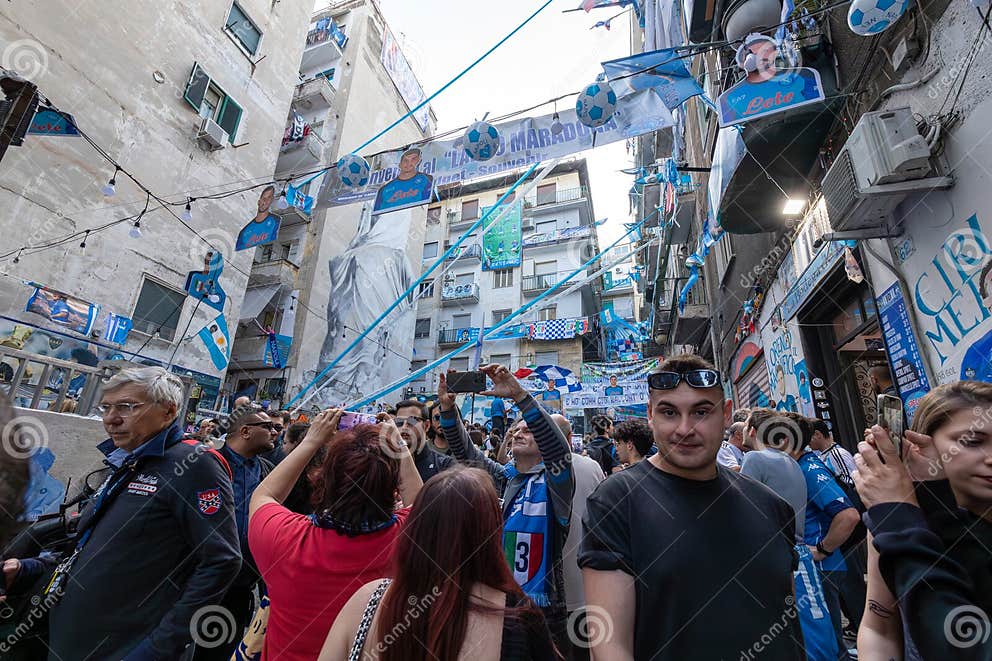Night Hunter Photography: Capturing Stunning Images Of Nightlife

Table of Contents
Essential Gear for Night Hunter Photography
To excel in night hunter photography, having the right equipment is crucial. Investing in quality gear will significantly improve your low-light shooting capabilities and enable you to capture sharp, detailed images even in challenging conditions.
Choosing the Right Camera
Your camera is the heart of your night photography setup. For low-light performance, consider these factors:
-
Full-frame vs. Cropped Sensor: Full-frame cameras generally offer better low-light performance due to their larger sensors, capturing more light and producing less noise at high ISO settings. Cropped sensors are more affordable but might produce more noise.
-
High ISO Capabilities: Look for cameras with excellent high ISO performance. A high ISO allows you to shoot in darker conditions without significantly compromising image quality.
-
Good Dynamic Range: A wide dynamic range ensures you can capture detail in both the highlights and shadows of your nighttime scenes, even when dealing with significant contrast.
Recommended Camera Models:
- Sony a7S III (renowned for its exceptional low-light capabilities)
- Nikon Z6 II (offers a great balance of performance and affordability)
- Canon EOS R5 (excellent dynamic range and high resolution)
Key Camera Specifications:
- High ISO range (e.g., ISO 6400 and beyond)
- Excellent dynamic range
- Fast continuous shooting speed for capturing fleeting moments
Lenses for Night Photography
The right lens is just as important as the camera body. For night photography, fast lenses are essential.
-
Fast Lenses (Large Maximum Aperture): Lenses with wide maximum apertures (e.g., f/1.4, f/1.8, f/2.8) allow more light to reach the sensor, reducing the need for high ISO settings and resulting in sharper images.
-
Prime vs. Zoom Lenses: Prime lenses generally offer superior image quality and faster maximum apertures compared to zoom lenses, making them ideal for night photography. However, zoom lenses offer versatility.
Recommended Lens Types:
- Wide-angle lenses: Perfect for capturing expansive cityscapes at night.
- Portrait lenses: Ideal for capturing intimate portraits against a night background.
Lens Features to Consider:
- Image Stabilization: Helps reduce camera shake, crucial for sharp images at slow shutter speeds.
- Fast maximum aperture
- Sharpness and low distortion
Accessories for Enhanced Night Shots
Several accessories can elevate your night hunter photography experience.
-
Sturdy Tripod: Essential for sharp images when using slow shutter speeds. Look for a tripod that's stable and suitable for your camera and lens combination.
-
Remote Shutter Release: Minimizes camera shake caused by pressing the shutter button manually. Consider a wired or wireless remote.
-
Extra Batteries and Memory Cards: Night photography can drain batteries quickly. Having backups is crucial. Similarly, ensure you have ample memory card capacity.
-
External Flashes or Speedlights: Useful for adding light to your subjects or creating creative lighting effects.
Mastering Night Photography Techniques
Successful night hunter photography requires a solid understanding of lighting, composition, and camera settings.
Understanding Light and Composition
-
Utilizing Available Light Sources: Learn to identify and effectively use available light sources like streetlights, neon signs, and moonlight to illuminate your subjects and create dramatic effects.
-
Composition Techniques: Apply composition techniques such as the rule of thirds and leading lines to create visually appealing images. Consider how light and shadows interact within your composition.
-
Managing Light Pollution: Minimize the impact of light pollution by shooting in locations away from city centers or using techniques like long exposures to reduce its effect.
-
Examples: Study successful nighttime photographs to understand how light and composition are used to create compelling images.
Camera Settings for Nighttime Photography
Mastering your camera settings is crucial.
-
ISO: Experiment to find the optimal ISO setting to balance noise and image brightness. Start with lower ISOs and gradually increase them as needed.
-
Aperture: Choose a wide aperture (low f-number) to let in more light. This will also influence your depth of field.
-
Shutter Speed: Your shutter speed depends on your desired effect. Slow shutter speeds will blur movement but can capture light trails, while fast shutter speeds will freeze action. Use a tripod for longer exposures.
-
Manual Mode: Shooting in manual mode gives you complete control over your camera settings, allowing you to fine-tune your exposure and achieve your desired results.
Post-Processing for Night Hunter Photography
Post-processing is an essential step to enhance your night photography.
-
Noise Reduction: Use noise reduction techniques to minimize graininess in your images.
-
Color and Contrast Enhancement: Enhance colors and contrast to create more vibrant and dramatic images.
-
Software: Use software like Adobe Lightroom, Capture One, or Luminar AI to edit and enhance your images.
-
Sharpening and Detail Enhancement: Sharpen details and enhance clarity for crisper images.
Finding Inspiration and Subjects for Night Hunter Photography
The possibilities are endless when it comes to finding subjects for night hunter photography.
Urban Nightlife
-
Locations: City streets, bridges, illuminated landmarks, and (with permission) nightclubs offer diverse photo opportunities.
-
Capturing the Energy: Focus on capturing the dynamic atmosphere of urban nightlife, the movement of people, and the play of light and shadow.
-
Finding Interesting Subjects: Look for unique angles, interesting lighting, and unexpected details within urban landscapes.
Natural Night Scenes
-
Locations: Find locations away from light pollution for optimal night sky photography.
-
Subjects: Capture stunning night skies, star trails, moonlit landscapes, and silhouetted trees.
-
Planning and Timing: Plan your shoots around celestial events like meteor showers or full moons.
Creative Night Photography Ideas
-
Light Painting: Experiment with light painting techniques to create unique and artistic images.
-
Long Exposures: Capture light trails from moving vehicles or create ethereal effects with long exposures of water.
-
Unique Perspectives: Explore different angles and perspectives to capture creative nighttime shots. Consider using reflections.
Conclusion
Mastering night hunter photography opens up a world of creative possibilities. By understanding the essential gear, techniques, and finding inspiring subjects, you can capture truly stunning images of nightlife. Remember to experiment, practice, and develop your unique style. Start your journey into the captivating world of night hunter photography today and discover the magic of the nocturnal world through your lens!

Featured Posts
-
 Last Home Game Victory Bayern Celebrate Championship With Muller
May 11, 2025
Last Home Game Victory Bayern Celebrate Championship With Muller
May 11, 2025 -
 Seleccion Colombia En Vivo Partido Contra Uruguay En El Sudamericano Sub 20
May 11, 2025
Seleccion Colombia En Vivo Partido Contra Uruguay En El Sudamericano Sub 20
May 11, 2025 -
 Ligue Des Champions Bayern Inter Focus Sur La Contribution De Thomas Mueller
May 11, 2025
Ligue Des Champions Bayern Inter Focus Sur La Contribution De Thomas Mueller
May 11, 2025 -
 Diamond League 2024 Duplantis Performance And The Evolving Sport
May 11, 2025
Diamond League 2024 Duplantis Performance And The Evolving Sport
May 11, 2025 -
 Ufc 315 Everything You Need To Know Before Tonights Fights
May 11, 2025
Ufc 315 Everything You Need To Know Before Tonights Fights
May 11, 2025
